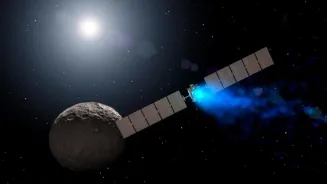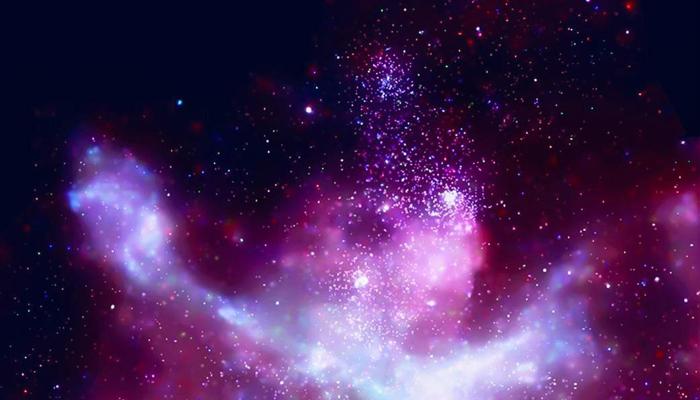Delve into the bizarre world of exoplanets! Discover diamond planets, rogue wanderers, and more. Unravel the mysteries beyond!
Namaste, space enthusiasts! Our universe, as vast and mysterious as the Ganges
itself, never fails to amaze. We’ve turned our telescopes towards distant stars, and what we’ve found orbiting them is often far stranger than anything imagined in our beloved Bollywood sci-fi flicks.
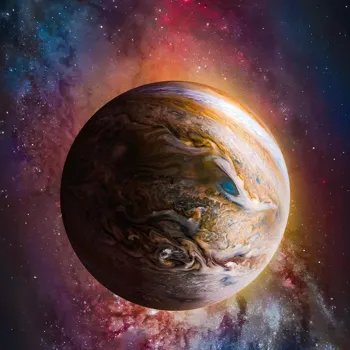
These aren't your average Earth-like planets; these are the oddballs, the rule-breakers, the truly bizarre exoplanets. So, grab your chai, sit back, and prepare to have your mind blown by some of the most peculiar planetary discoveries till date!
Discovery of "hot Jupiter" challenges planetary formation theories
One such eyebrow-raising discovery is that of a "hot Jupiter." Now, Jupiter itself is a pretty hefty planet, a gas giant of considerable size. But imagine Jupiter, only much, much closer to its star – so close that its "year" is just a matter of days, or even hours!
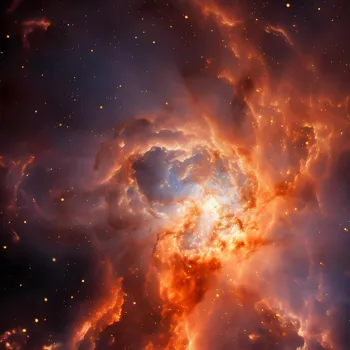
These hot Jupiters often have scorching surface temperatures, making them decidedly inhospitable to any life as we know it. They challenge our understanding of planetary formation, as they are unlikely to have formed so close to their stars.
Planets made of diamond - rare, dense, and valuable
Another strange find involves planets that are composed primarily of diamond! Can you imagine that? These "diamond planets," as they're playfully called, are incredibly dense and rich in carbon. Under immense pressure, the carbon atoms bond together to form a diamond structure.
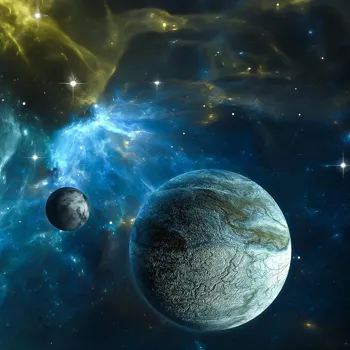
Talk about a galactic gold mine! Although, visiting one would be a tad difficult and definitely heavy on the pocket, even more so than attending a Destination wedding.
But the shear thought of a planet sized diamond orbiting a far away star, gives pause to imagine to the possibilities of the universe.
Rogue planets: cosmic nomads adrift in space
Then there are the rogue planets, the nomads of the cosmos. These planets don't orbit any star at all. They wander through space, lost and alone. They are difficult to detect, as they emit little to no light of their own.
Some theories suggest they were ejected from their original star systems due to gravitational interactions with other planets. Imagine being lost at Kumbh Mela, that's how it must feel to live on a rogue planet.
Universe's vast mysteries drive our relentless quest for discovery
Our universe is always expanding and surprising us with all the mystery and unusual possibilities it presents. We are constantly improving our technology, our understanding and the tools that we use.
We are on a journey of discovery and exploration that is going to take us far beyond anything that we can imagine today. Who knows what unusual and exciting planetary discovery we can make tomorrow?
Exoplanets mostly unsuitable for human life, Earth still best
One common misconception and a point to remember is that while many of these exoplanets are fascinating, and some might even resemble Earth in some ways, the vast majority are completely unsuited for human habitation.
The conditions on these planets are often extreme: super-high temperatures, crushing pressures, toxic atmospheres, or a combination of all three. Finding a truly habitable exoplanet, a "second Earth", remains a great challenge and the holy grail of exoplanet research.
So, for now, our home planet remains the best place to be for us. Earth, our only home. As wise men said "Vasudhaiva Kutumbakam" - the world is one family.
Mankind's curiosity drives exploration of the universe
So keep looking up and keep exploring. There is so much in our universe we do not understand yet. It is the mystery of the unknown, and the insatiable curiosity of mankind will drive us to know more, discover more and do more.
Informative article, not scientific advice
This article is for informational purposes only and does not constitute scientific advice.)







